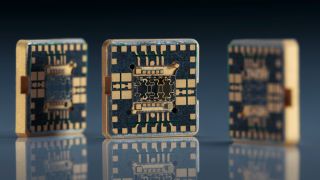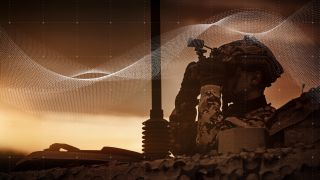Creating Satellite Fading Scenarios with the R&S Space Nexus
With the rise of Low Earth Orbit (LEO) and Medium Earth Orbit (MEO) satellite constellations for broadband data connectivity over the last few years, the need to dynamically simulate the channel between the satellite and user equipment (UE) or the satellite and the ground station (GS) has grown at a staggering pace. The satellite channel is subject to various atmospheric effects and the relative motion between the satellite and UE, resulting in frequency and level variations that depend on the satellite's position in the sky. Consequently, it is essential for manufacturers of related receivers and other hardware components to consider these effects during the design and production phases to ensure optimal performance and reliability.
In this application note, the focus will be on giving an overview of the functionalities of the R&S Space Nexus and explaining how to use the software to create realistic fading files out of a given Two Line Elements (TLE) file that is describing the trajectory of a satellite. Afterwards the approach for using this file to simulate a realistic satellite fading scenario using the R&S®SMW200A equipped with a R&S®SMW-K820 (custom dynamic fading option), is explained









